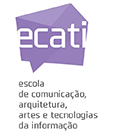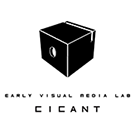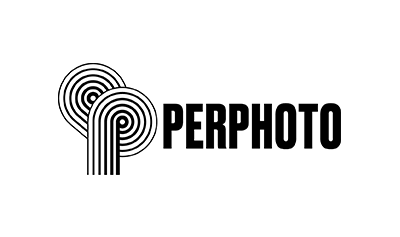Space Oddity in Stereographs and Planetaria – Spatial Stellar Constellations and Spheric Immersion into Outer Space [EN]
Alona Dubova
At the beginning of the 20th century fascination with travel into space – especially to the moon – was reflected by diverse popular media, for example in novels like H. G. Wells’ “The First Men in the Moon”, Georges Méliès’ movie “Le voyage dans la lune“, its theatrical adaptations by Jacques Ofenbach or the “Cyclorama Ride” at “Luna Park”, Coney Island. While technologies and industries of travel and mobility extended simultaneously through imperial expansion, images as transporting media and tools of vision became widely popular in stereoscopic travel systems, panoramas, or travelogues. In the field of astronomy, the German scientist Max Wolf used stereography, while Walther Bauersfeld developed the Zeiss projection planetarium as popular scientific and educational devices expanding virtual travel into outer space. The presented paper investigates the visual forms as well as formats, instrumental functions and usages regarding the involvement, movement, and positionality of the viewer, comparing Wolf’s “Stereoskopbilder vom Sternhimmel (Stereoscopic images of the starry sky)” (1906-1915) and Bauersfeld’s planetarium (1926). Using narrative, virtual, immersive, and simulative techniques both visual devices are carved out as display forms enabling an experience of virtual travel. Embedded in the spectacle of new visual techniques, world fairs, travel, and colonial expansionism immersive imagery of outer space claims to ofer tools of appropriation. This kind of imagery can thus be investigated in relation to imperial expansionism, the competition for territory beyond the earth, and to the outer space as a place of longing which remains unattained for most of us until today.
Alona Dubova is a Master’s student in Art and Visual History at the Humboldt-Universität Berlin. Her Bachelor’s thesis focused on the usage and functions of stereoscopic imagery and its visual patterns in anthropological research as means of knowledge construction and creation of an ambivalence between proximity and distance through spatial imagery. She is a fellow of the Ernst Ludwig Ehrlich Studienwerk and worked as a student research assistant for the Chair of East European Art History. She is completing her Master’s thesis on repatriation processes of archival photography and is presently planning to pursue a PhD. Currently, she is working as a research assistant in a project concerning the digitization of sensitive archival material at Zentralinstitut Hermann von Helmholtz-Zentrum für Kulturtechnik and as an art mediator.
Organization


Partners





Campo Grande, 376, 1749 - 024 Lisboa | Tel.: 217 515 500 | Fax: 21 757 7006
Copyright © 2021 COFAC. Todos os direitos reservados. Gestão de conteúdos por Producao Multimédia
